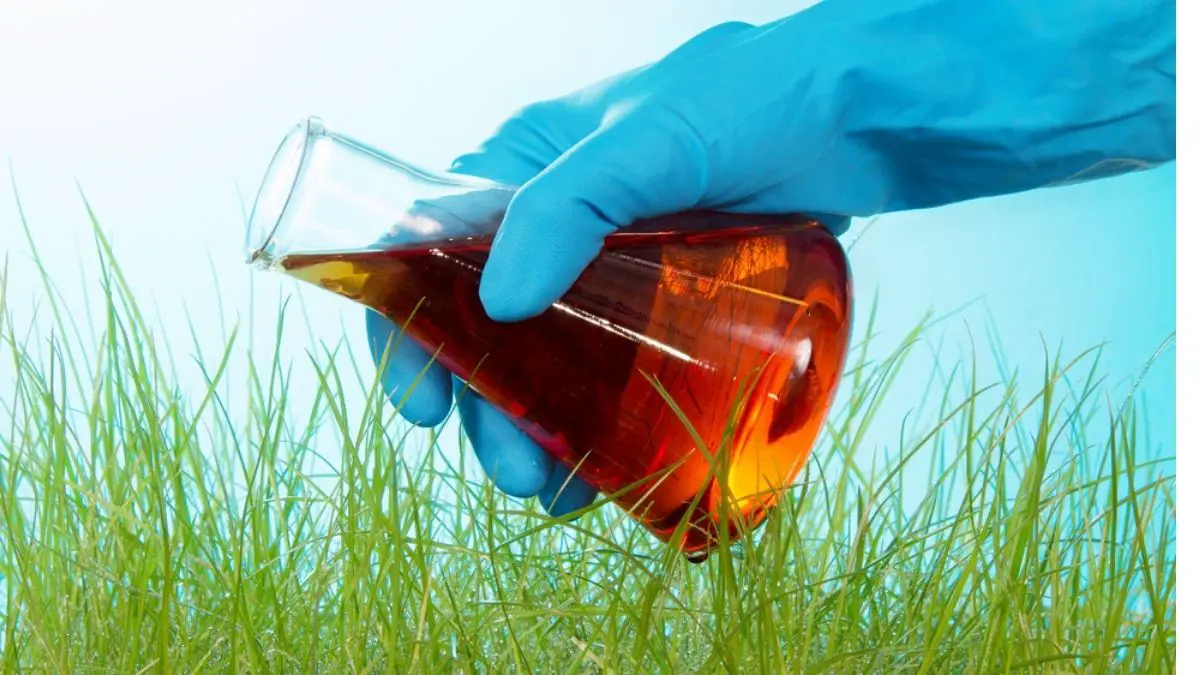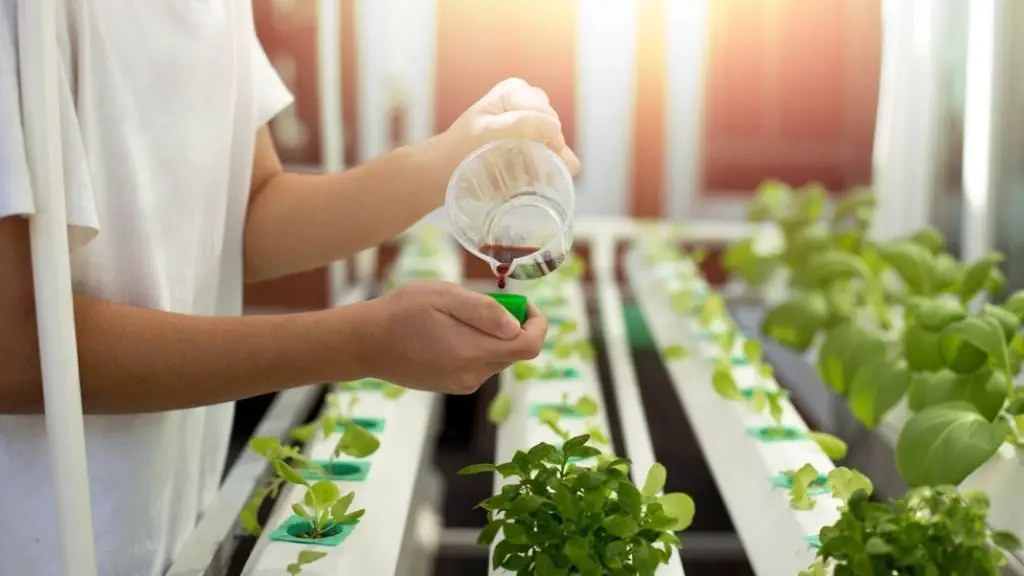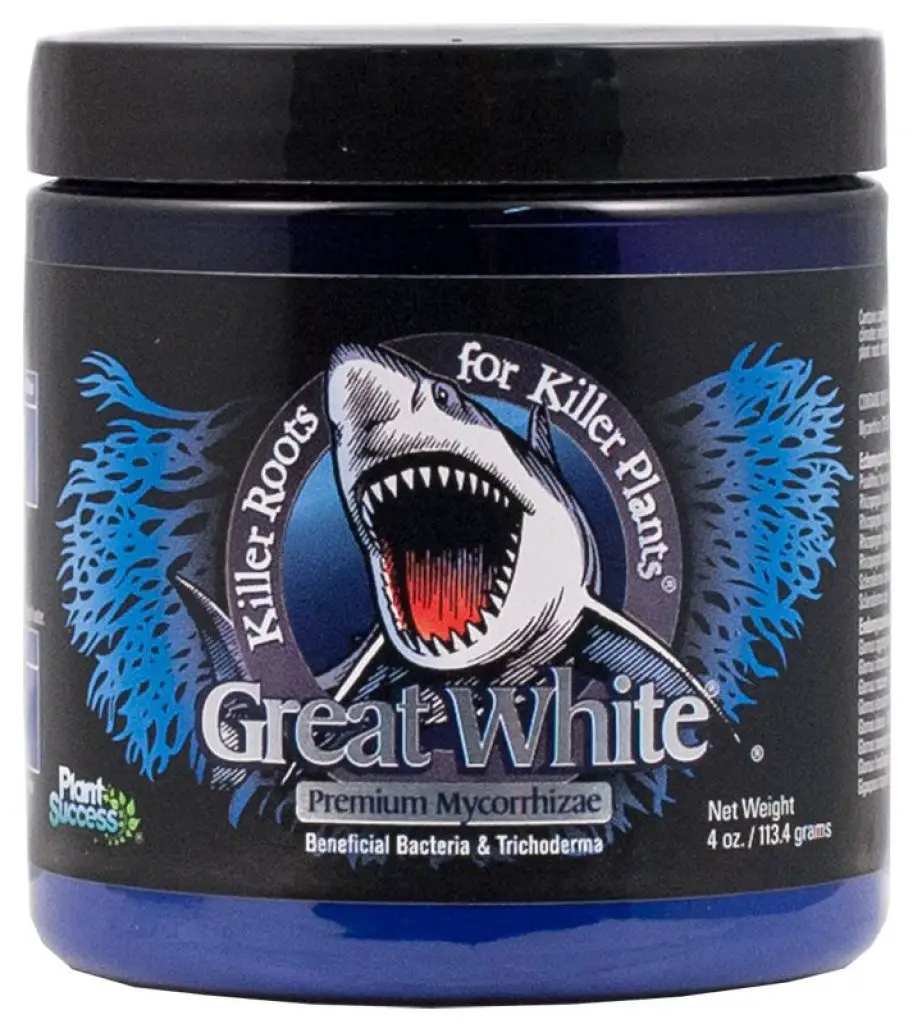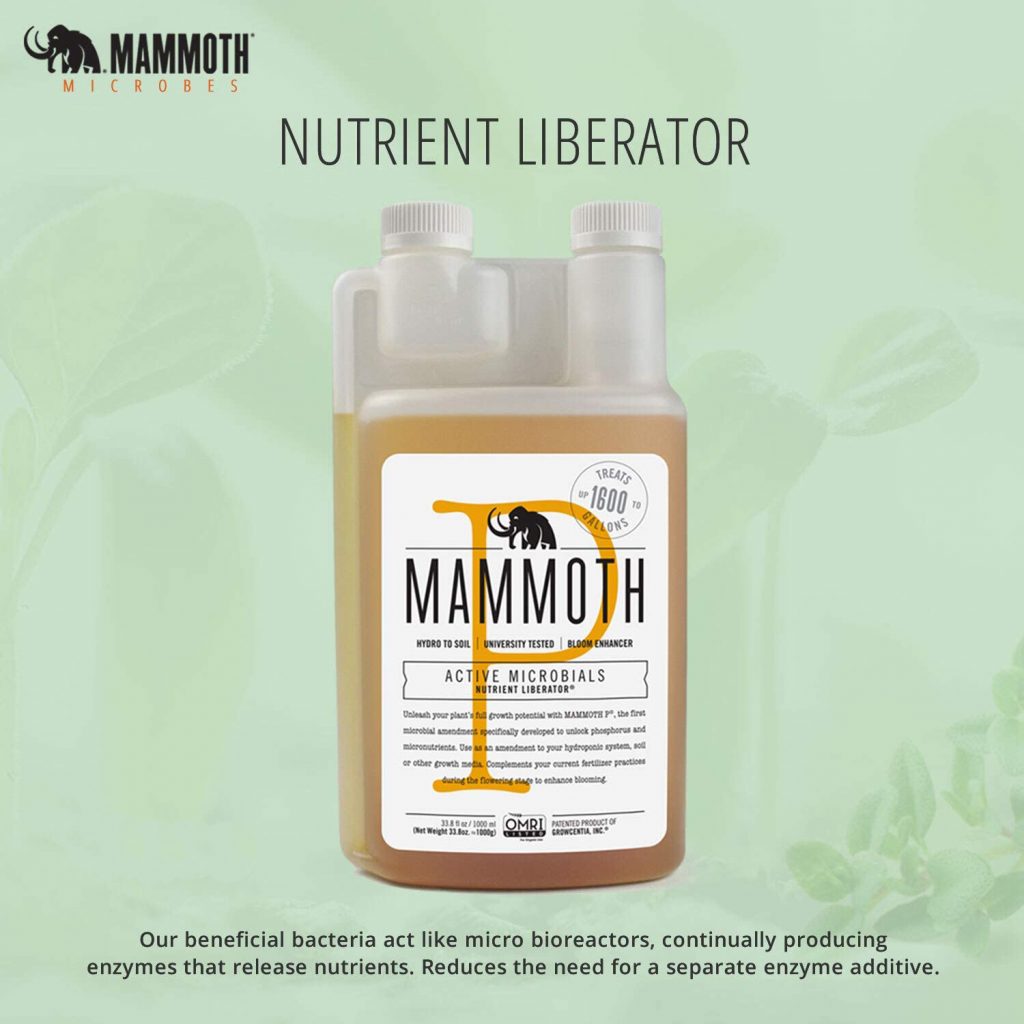Mammoth P Review- Know How it Increases The Plant Growth

If you are looking to know about a product that can prove to be a blessing for your plants, then you have come to the right place! I’d like to discuss one of my favorite products on the market right now, Mammoth P. It is a beneficial inoculant with a powerful punch! Mammoth P is the first organically derived microbial inoculant that improves plant health by optimizing phosphorus and micronutrient cycling. Moreover, it is the only microbial inoculant that does exactly what it says it will do. In this Mammoth P Review, we are going to discuss some of the promising features of our favorite Product.
- As a Bonus, there is an FAQ section to address your most asked queries relating to this Product.
So, let’s begin our topic by discussing a little about this product.
What is Mammoth P?
Mammoth P is the only microbial inoculant that will help your plants absorb phosphorus, resulting in a significant increase in end-of-season yield. It can increase plants’ yields organically by degrading the phosphorus in your growing medium which allows the plant to absorb more P nutrients. It has many other advantages as well which are causing greater vigor, stronger stems, and superior growth.
Mammoth P can cause a 16% increase in yield and higher resin production. In addition to this, it maintains the quality of the plant which is the grower’s number one goal. That is why products like mammoth p should be encouraged to use.
How do Mammoth P works?
Phosphorus is an essential nutrient for healthy plant growth, and it is required at all stages of the growing and blooming process. Phosphorus can become trapped over time, but Mammoth P dissolves any phosphate that has become entangled with minerals. Mammoth P makes phosphorus available for plants easily. This results in more phosphorus for the plant to use, increasing every aspect of the plant’s life cycle, whether it’s a rooting cutting or in full bloom.
Mammoth P isn’t just for organic growing. Yes, we mean it! It also performs admirably (if not better) in coco media. As it releases potassium and absorbs calcium, coco has a habit of locking out phosphorous. Many think this isn’t a big deal until they experience a huge yield loss. You want your plants to absorb everything they need all the right time. So Mammoth P’s ability to unlock what would otherwise be lost potential phosphorus is very useful.
Mammoth P Ingredients
Mammoth P main ingredients are:
- Bacterial culture (1%)
- Alfalfa (2%)
- Water (97%)
Mammoth P contains bacteria such as:
- Pseudomonas putida (20,000,000)
- Comamonas testosteroni (40,000,000)
- Citrobacter freundii (60,000,000) and
- Enterobacter cloacae (80,000,000)
Mammoth P is made up of four bacterial taxa (Enterobacter cloacae, Citrobacter freundii, Pseudomonas putida, and Comamonas testosteroni) that were chosen for their ability to mobilize bound Phosphorus.
These four bacteria are 30 times more effective than other microbe communities when combined. Even in the harshest climates, they keep plants healthy and promote growth. As per Mammoth P Review, they promote plant growth by constantly producing enzymes. These enzymes are responsible for mobilizing nutrients that are normally chemically bound in your soil and hydro systems.
Does Mammoth P really work?
Growcentia’s founders use next-generation technology to develop Mammoth P at Colorado State University. Mammoth P has been extensively tested by Colorado growers. Moreover, according to independent labs, it increases plants growth.
Furthermore, this beneficial bacterial formula is suitable for soil, soilless, and hydroponic systems.

Mammoth P is an excellent way to introduce the organic benefits of soil microbial nutrients into hydroponic systems without sacrificing water quality. Hence, we are going to discuss many unique benefits of this super product as a Mammoth P Review:
It is an Organized Microbial Inoculant
A phosphorus and plant nutrient liberating agent can be derived from natural beneficial soil bacteria and microorganisms. This is one redeeming quality of this product. Hence, this results in plants using soil nutrients more efficiently to maximize bud growth, increase yield, and improve plant health.
It consists of Beneficial Bacteria
Beneficial bacteria function as micro bioreactors! Live microbes release bound phosphorus in soil 30 times faster than average soil. They also continuously produce enzymes that release nutrients, thus eliminating the need for a separate enzyme additive.
You can Grow Bigger Buds With P
P is a microbial biostimulant that unlocks and converts phosphorus into soluble forms that plants can easily absorb through their roots. Moreover, increased phosphorus levels shorten internodes and focus energy on bud production. By using this microbial inoculant, the average yield increased by 16% and stem strength by 6%.
It is Safe in all Environments
It is useful in soil, coco, rock wool, hydroponic systems, and any other growing medium. Completely compatible with use as a supplement in any plant fertilizer program.
“Phosphorus mobilizing consortium Mammoth P” enhances Growth of Plants
The finite and limited supply of phosphorus (P) may constrain global agricultural productivity. In the coming decades, it can also cause challenges in meeting the projected needs of a growing human population. Furthermore, when Phosphorus fertilizers are applied to soils, they can become bound to the soil, resulting in low fertilizer efficiency. According to Mammoth P Review, these P-mobilizing bacteria have the potential to liberate soil-bound P, resulting in increased plant P uptake and yield.
Bacteria can mobilize Phosphorous through a variety of mechanisms, suggesting that P-bacteria consortiums may be more effective than single species. In wheat and turf trials, it was discovered that Mammoth P delivered better yields comparable to those obtained with conventional fertilizer applications. Fruits and herbs showed that combining fertilizer with Mammoth P increased productivity significantly.
In some cases, metabolites produced by the Mammoth P consortium increased yields. It means microbial products (produced in the absence of plants) played a role in increasing plant productivity. Hence, the results of these trials indicate that Mammoth P has a significant potential to improve P supply to plants.
Mammoth P instructions
You should use Mammoth P twice a week for best results. Add it to your regular feeding schedule. The bacteria live in your medium for about 7 days. So as per Mammoth P Review, if you use it twice a week, it will keep the population thriving.
Wondering how much mammoth p per gallon you can add? Then, Let’s have a look at the instructions of treatment:
- Mammoth P 120 ml treats 200 gallons
- Mammoth P 250 ml treats 400 gallons
- 500 ml Mammol P treats 800 gallons
- Mammoth P 1000 ml treats 1600 gallons
- 1 Gallon of Mammoth P treats 6,480 gallons
- 5 Gallons treats 15,725 gallons
- 10 Gallons treats 31,450 gallons

Mammoth P Application Rate
First of all, it is recommended that before application, shake the bottle well. Then mix it with the water. People often ask how often should I use mammoth P? Add the mammoth P solution every week for better results.
The General Mixing rate with water is:
- 0.6 Mammoth P per Gallon
- 0.16 mammoth P per liter
After mixing with water, add it to the soil
Let’s have a look at the Mammoth P feed chart where the weekly application rate is discussed:
| Growth Stage | Week | Soil/Coco (Ml/Gallon) | Hydro(Ml/Gallon) |
| Seedling/ Clone | 1 | 0.6 | 0.6 |
| Seedling/ Clone | 2 | 0.6 | 0.6 |
| Growth | 3 | 0.6 | 0.6 |
| Growth | 4 | 0.6 | 0.6 |
| Aggressive Growth | 5 | 1 | 0.6 |
| Aggressive Growth | 6 | 1 | 0.6 |
Some people worry about mammoth p burn while adding the solution. But since it is a microbial inoculant, it does not cause any harm to the plants.
Mammoth P vs Great White
Mammoth P is a phosphorus supplement that is specifically designed to increase phosphorus availability during the bloom phase. It should be used in conjunction with your regular fertilization program. The use of this product during the clone and vegetative phases will increase its effectiveness. Its ph is almost neutral and it also runs clean in any system.

On the other hand, Great White is suitable for hydroponics, field agriculture, and home gardening. It works best as a seed coat or in the early stages of development. Moreover, as users look for fertilizers that are vibrant and vigorous, the great white is famous for its quality, consistency, and proven results. Great White is used by both professional and home growers but it has a disadvantage too. It is Great white is more prone to volatilization or turning into a gas and potentially evaporated into the atmosphere.
Mammoth P vs Recharge
Mammoth P should be used from beginning to end in the growing season of plants. According to the Mammoth P Review, this liquid solution will help with propagation or germination by coating and protecting the plant’s rhizosphere. it also protects plants from pathogens. Furthermore, it can also cause a 16% increase in yield and higher resin production.
Recharge works with any fertilizer to keep more nutrition in the root zone. But, using recharge can cause several negative effects. Waterway pollution, chemical burn to crops, increased air pollution, soil acidification, and mineral depletion are just a few of the problems caused by recharge fertilizer.
Mammoth P Results
Many growers report increased root development when Mammoth P is applied in the early stages of a plant’s life. It has been shown to improve plant health, fruit development, and overall product quality.
It’s also OMRI-listed, which means it’s safe for organic crop production. It has many beneficial bacteria which function as micro bioreactors. Live microbes release bound phosphorus in soil and in other growing media 30 times faster than average soil. It also continuously produces enzymes that release nutrients, eliminating the need for a separate enzyme additive.
What I like best about this product is its adaptability. Mammoth P is suitable for use in all media, including soil, soilless, and hydroponic systems. Similarly, Mammoth P has a shelf life of 24 months, so you don’t want a huge bottle that will expire before you finish it. Also, If I make a Mammoth p microbes review, then it will be calling these microbes the “Miracles”.
Wrapping Up
All in all, Mammoth P is a phosphorus supplement that growers use to increase phosphorus availability during the bloom phase. But, you should use it in conjunction with your regular fertilization program. The use of this product during the clone and vegetative phases has significantly improved plants’ growth. Also, Mammoth P has a pH close to neutral and runs clean in any system. According to the Mammoth P Review, it will help with propagation or germination by coating and protecting the plant’s rhizosphere and protecting it from pathogens. Hence, you should use this product if you want your plants to grow to their full potential.
Do let us know if you still have any queries about Mammoth P!
FAQs
When should I start using mammoth P?
Because phosphorus is essential for plant growth throughout the plant growth cycle, I strongly recommend using Mammoth P from propagation to harvest.
How much mammoth P should I use?
First, shake the bottle before adding it to the water. Then, mix it with water at the rate of 0.6ml per gallon (0.16 ml per liter). This is the Mammoth P Application rate. Use it every week for better results. Farmers use mammoth P to increase phosphorus availability during the bloom phase and as a supplement to ensure regular fertilization programs.
What does Mammoth P do for your plants?
Mammoth P is a microbial inoculant that does exactly what it says it will do: increase your yields organically. It degrades the phosphorus in your growing medium, allowing the plant to absorb more of what matters when it comes to high yields.
Does mammoth P increase yield?
Mammoth P is the phosphorus cycling product you need. Using this inoculant leads to more phosphorus in the soil. And we all know that a spike in phosphorus can lead to increased growth and yield!
Related Topics:










